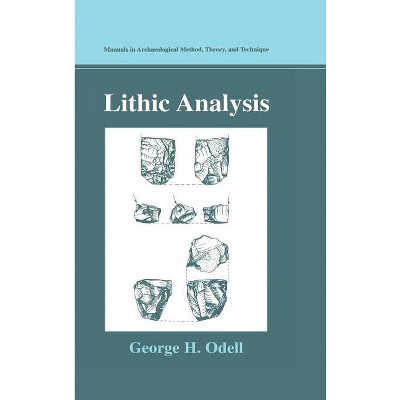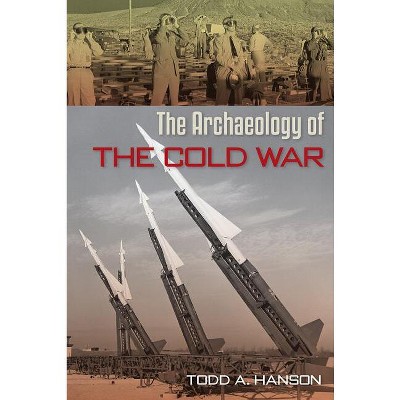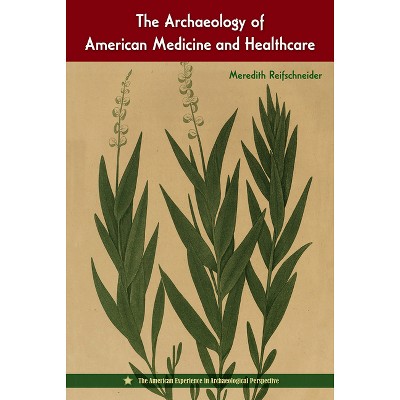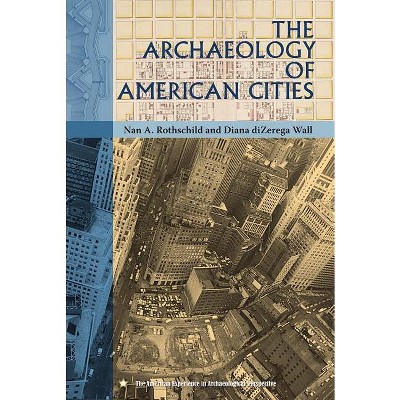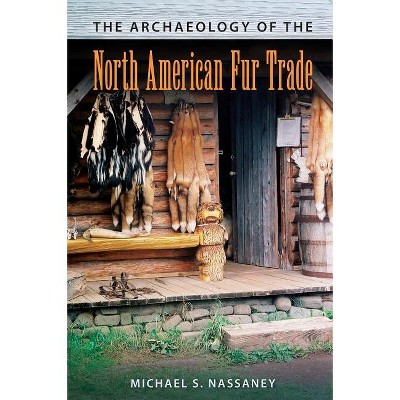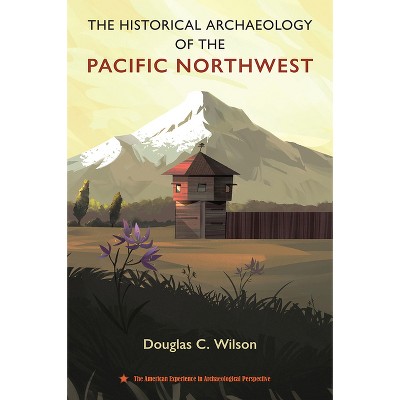Environmental Archaeology - (Manuals in Archaeological Method, Theory and Technique) by Elizabeth Reitz & Myra Shackley (Paperback)

About this item
Highlights
- One of the most significant developments in archaeology in recent years is the emergence of its environmental branch: the study of humans' interactions with their natural surroundings over long periods and of organic remains instead of the artifacts and household items generally associated with sites.
- About the Author: Dr. Elizabeth Reitz is a Professor of Anthropology at the University of Georgia.
- 516 Pages
- Social Science, Archaeology
- Series Name: Manuals in Archaeological Method, Theory and Technique
Description
About the Book
This updated edition of the seminal 1981 manual covers recent developments as well as the wide range of materials and methods in what is now generally recognized as a key focus for archaeologists--the long-term effects of the human species on our environment.
Book Synopsis
One of the most significant developments in archaeology in recent years is the emergence of its environmental branch: the study of humans' interactions with their natural surroundings over long periods and of organic remains instead of the artifacts and household items generally associated with sites. With the current attention paid to human responsibility for environmental change, this innovative field is recognized by scientists, conservation and heritage managers and policymakers worldwide. In this context comes Environmental Archaeology by Elizabeth Reitz and Myra Shackley, updating the seminal 1981 text Environmental Archaeology by Myra Shackley. Rigorously detailed yet concise and accessible, this volume surveys the complex and technical field of environmental archaeology for researchers interested in the causes, consequences and potential future impact of environmental change and archaeology. Its coverage acknowledges the multiple disciplines involved in the field, expanding the possibilities for using environmental data from archaeological sites in enriching related disciplines and improving communication among them. Introductory chapters explain the processes involved in the formation of sites, introduce research designs and field methods and walk the reader through biological classifications before focusing on the various levels of biotic and abiotic materials found at sites, including: Sediments and soils. Viruses, bacteria, archaea, protists and fungi. Bryophytes and vascular plants. Wood, charcoal, stems, leaves and roots. Spores, pollen and other microbotanical remains. Arthropods, molluscs, echinoderms and vertebrates. Stable isotopes, elements and biomolecules. The updated Environmental Archaeology is a major addition to the resource library of archaeologists, environmentalists, historians, researchers, policymakers--anyone involved in studying, managing or preserving historical sites. The updated Environmental Archaeology is a majoraddition to the resource library of archaeologists, environmentalists, historians, researchers, policymakers--anyone involved in studying, managing, or preserving historical sites.
From the Back Cover
One of the most significant developments in archaeology in recent years is the emergence of its environmental branch: the study of humans' interactions with their natural surroundings over long periods and of organic remains instead of the ceramic, lithic and architectural elements generally associated with sites. With the current attention paid to human responsibility for environmental change, this innovative field is recognized by scientists, conservation and heritage managers, and policymakers worldwide.
In this context comes Environmental Archaeology by Elizabeth Reitz and Myra Shackley, updating the seminal 1981 text Environmental Archaeology by Myra Shackley. Rigorously detailed yet concise and accessible, this volume surveys the complex and technical field of environmental archaeology for researchers interested in the causes, consequences, and potential future impact of environmental change from the perspective of archaeology. Its coverage acknowledges the multiple disciplines involved in the field, expanding the possibilities for using environmental data from archaeological sites in enriching related disciplines and improving communication among them. Introductory chapters explain the processes involved in the formation of sites, introduce research designs and field methods and walk the reader through biological classifications before focusing on the various levels of biotic and abiotic materials found at sites, including:
- Sediments and soils.
- Viruses, bacteria, archaea, protists and fungi.
- Bryophytes and vascular plants.
- Wood, charcoal, stems, leaves and roots.
- Spores, pollen and other microbotanical remains.
- Arthropods, molluscs, echinoderms and vertebrates.
- Stable isotopes, elements and biomolecules.
The updated Environmental Archaeology is a major addition to the resource library of archaeologists, environmentalists, historians, researchers, policymakers--anyone involved in studying, managing, or preserving archaeological sites.
Review Quotes
From the reviews:
"This handbook by Reitz (anthropology, Univ. of Georgia) and Shackley (Culture Resource Management, Nottingham Business School, UK) is a revised and dramatically enlarged update of Shackley's 1981 Environmental Archaeology ... . Each chapter concludes with a section on applications followed by a complete, up-to-date bibliography. ... this handbook will be of most value to serious students and professionals. Summing Up: Recommended. Upper-division undergraduates and above." (W. Kotter, Choice, Vol. 50 (4), December, 2012)About the Author
Dr. Elizabeth Reitz is a Professor of Anthropology at the University of Georgia. She is also a member of the Executive Committee, International Council on Archaeozoology and the International Committee, International Council on Archaeozoology. She is currently the Director of the University of Georgia's Center for Archaeological Sciences.
Dr. Myra Shackley is affiliated with the Nottingham Business School at Nottingham Trent University. She is a former head of the Centre for Tourism and Visitor Management at Nottingham Business School.






